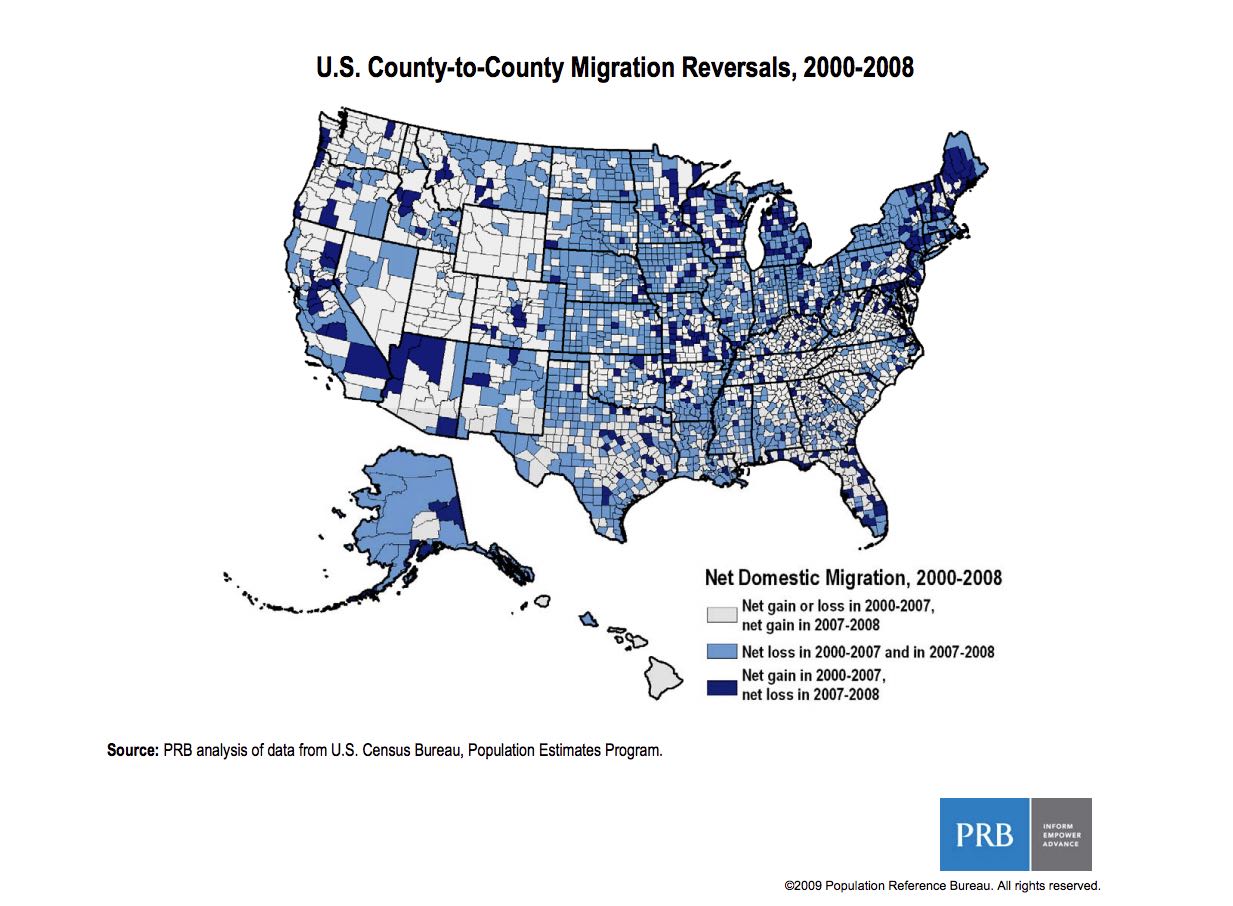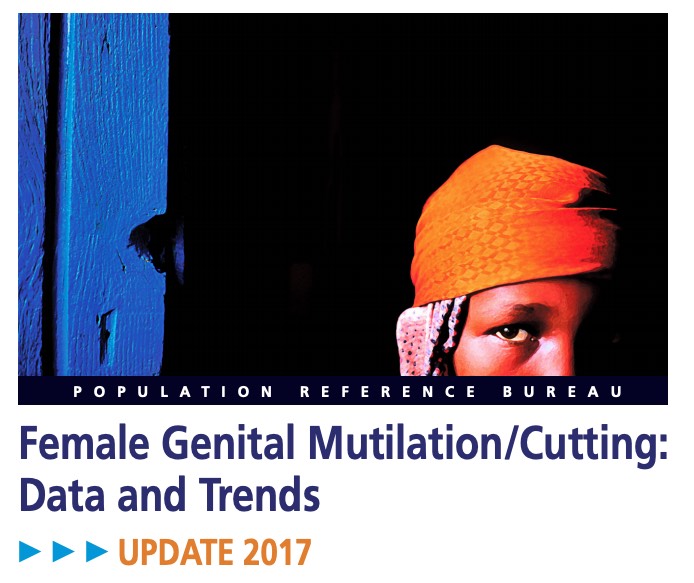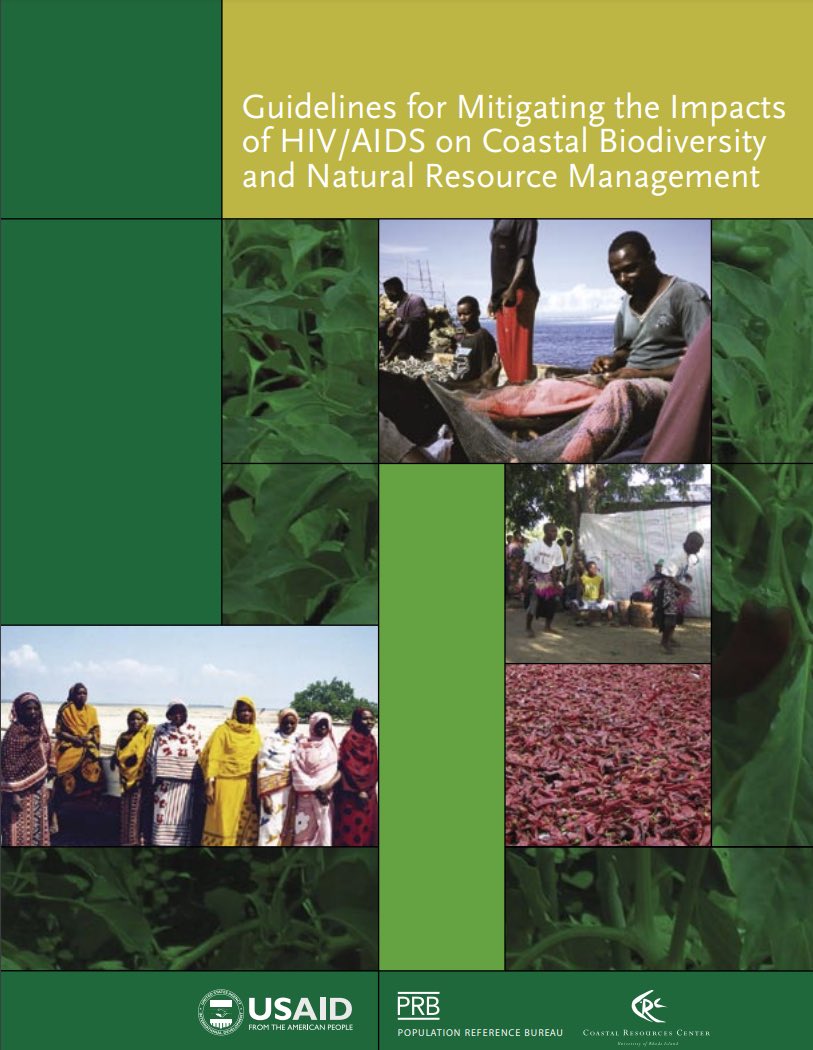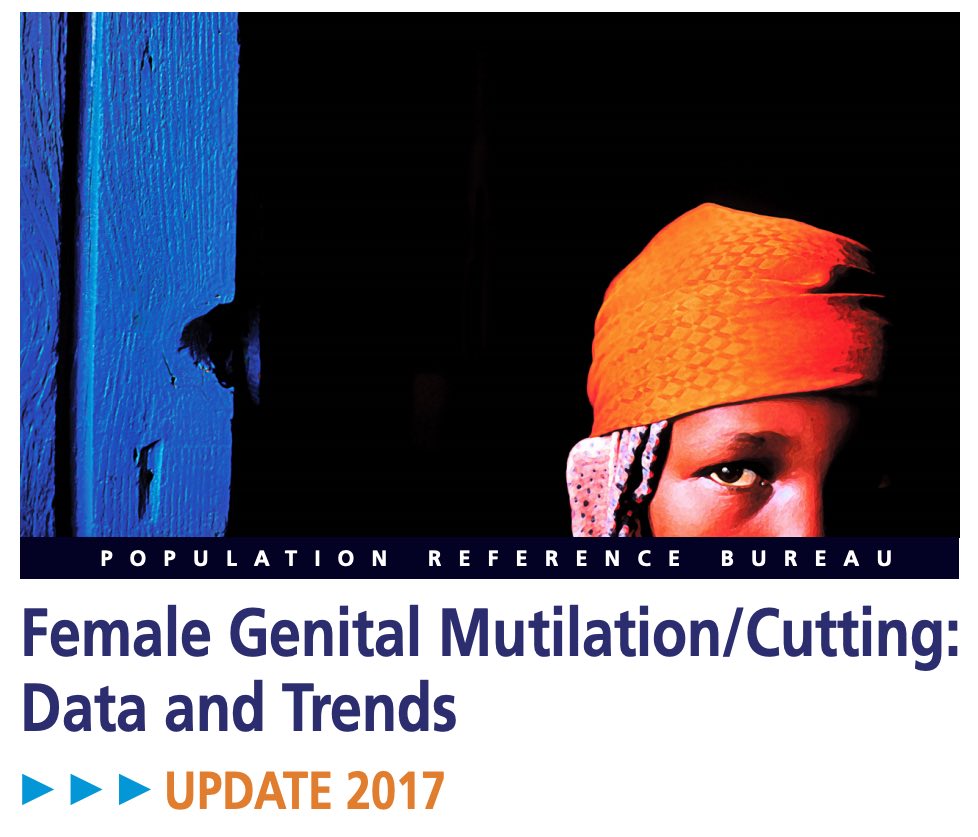The Faces of Unmet Need for Family Planning
(2012) The widespread adoption of family planning represents one of the most dramatic changes of the 20th century. The growing use of contraception around the world has given couples the ability to choose the number and spacing of their children, which, in turn, has prevented large numbers of unintended pregnancies, reduced the number of abortions, and reduced the incidence of deaths and illnesses related to pregnancy and childbirth.






